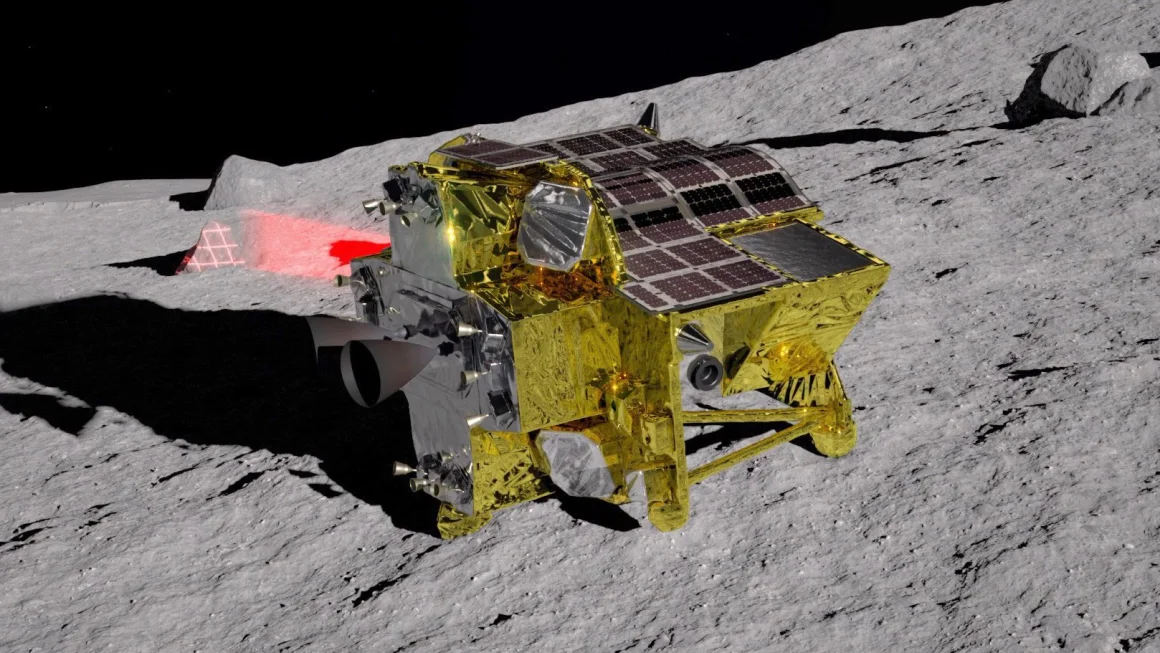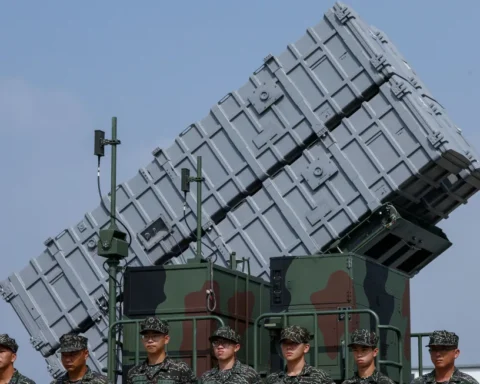Japan has embarked on a pioneering journey in lunar exploration with its “Moon Sniper” robotic explorer, also known as the Smart Lander for Investigating Moon (SLIM). Launched by the Japan Aerospace Exploration Agency (JAXA), the uncrewed mission represents a significant leap in precision technology, aiming to achieve a “pinpoint” landing on the moon’s surface. Despite successfully reaching the lunar surface, the current status of the spacecraft remains a mystery, sparking intrigue and anticipation within the global space community.
The “Moon Sniper” touched the lunar surface just after 10:20 a.m. ET Friday, a significant milestone was broadcast live by JAXA. This event could potentially position Japan as the third country this century to accomplish a safe lunar landing, following the successes of the United States, the former Soviet Union, China, and India. The SLIM mission is particularly notable for its ambitious goal of landing within a 100-meter target area, a feat that vastly improves upon previous missions’ kilometre-wide target zones.
SLIM’s innovative “smart eyes” technology, employing image-matching-based navigation, played a critical role in the lander’s descent. As it approached the moon, the spacecraft autonomously adjusted its trajectory, aiming for a precise touchdown on a challenging sloped terrain. The chosen landing site is near the Shioli crater within the Sea of Nectar, a region rich in volcanic history and adjacent to the historic Apollo 11 landing site in the Sea of Tranquility. The SLIM lander’s mission is to study lunar rocks that could unveil secrets about the moon’s origin.
The technological advancements of the SLIM mission are significant, especially considering the hazards of landing near rocky, crater-filled terrains. JAXA’s confidence in its technology to safely land on such challenging surfaces highlights a significant step forward in lunar exploration.
This mission comes amid a renewed global interest in moon landings. Over the past year, several countries and agencies have embarked on lunar missions with varied outcomes. India’s Chandrayaan-3 mission successfully landed near the lunar south pole, marking it the fourth country to achieve a controlled lunar landing. On the other hand, attempts by Japanese company Ispace, Russia’s Luna-25, and the United States Astrobotic Technology met with less fortunate endings, underscoring the inherent challenges of space exploration.
The new space race is about exploration and harnessing lunar resources, particularly water ice in the moon’s shadowed regions. This resource is crucial for future human space exploration, serving both as drinking water and potential fuel. The SLIM lander’s success could pave the way for future missions, including those to other planets like Mars.
As the world awaits further updates on the status of Japan’s “Moon Sniper,” the SLIM mission stands as a testament to the relentless pursuit of innovation and precision in space exploration. It symbolizes a new chapter in the annals of lunar expeditions, which could have far-reaching implications for our understanding of the moon and beyond. The success of SLIM could herald a new era of space exploration, where precision and technology converge to uncover the mysteries of our universe.







